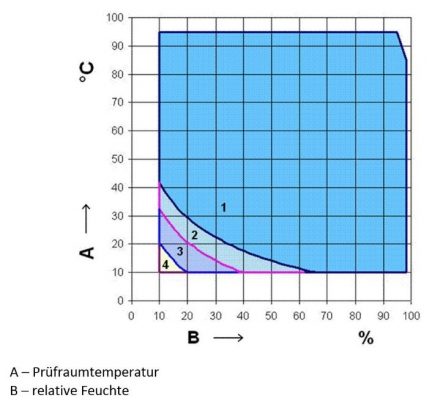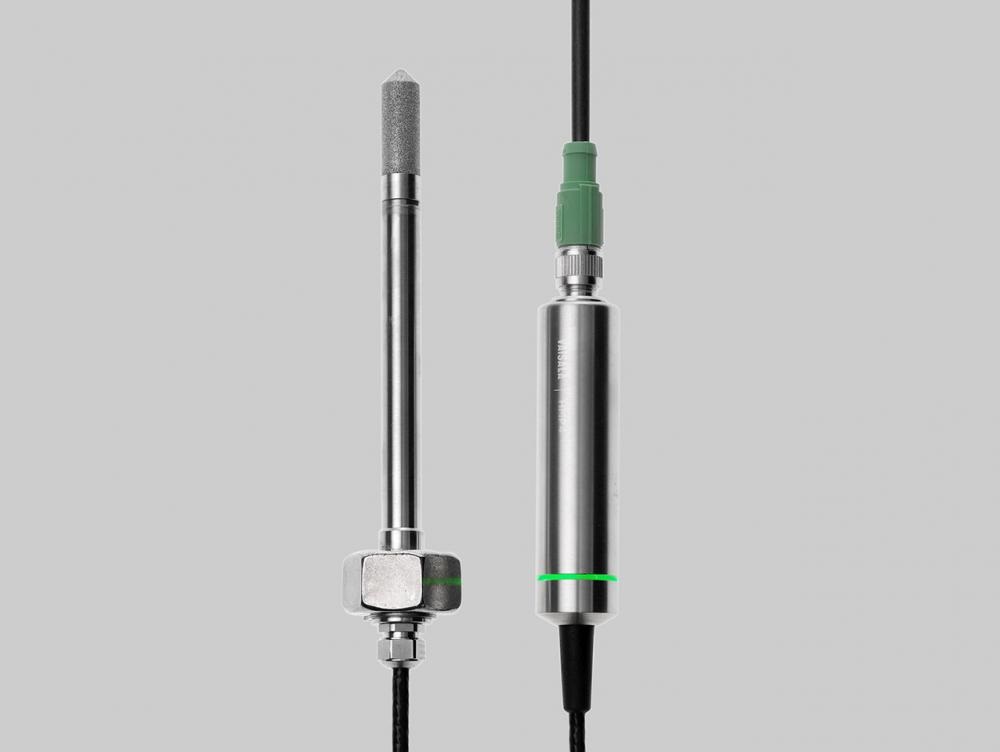Blogs
Calibration Equipment. What to Use and How to Get Them Calibrated
Calibration Equipment. What to Use and How to Get Them Calibrated
In this blog ‘Calibration Equipment – What to Use and How to Get Them Calibrated’ we cover what type of sensor is needed to calibrate your chamber and what’s involved in getting these sensors calibrated.
Temperature Calibrations – What to Use for your Calibration Equipment
The better sensor type is a Pt100, however they can be bulky, expensive, easily damaged and they have a limited range. Despite this, it has the greatest accuracy and linearity and so is our preferred probe for calibrating our TempEvent chambers.
For a sensor with a greater range the thermocouple is ideal. They are robust and inexpensive. A bare wire type is the smallest and responds fastest.
The Type T is the most accurate but the Type K has a greater temperature range. We use a Type K to calibrate our HeatEvent ovens. You can also buy ‘selected’ Type T’s which are even more accurate and is our preferred probe for calibrating ShockEvent chambers.
How to Get Your Equipment Calibrated
How do I Choose Calibration Temperatures for my Calibration Equipment?
To get your sensors calibrated, specify temperatures that bracket the temperatures you want to measure. For example, if you want to measure between -40°C and 95°C, get your sensor calibrated at -45°C and 100°C. You may also pick one or more points in between.
The calibration lab will usually certify at 0°C for a Pt100 anyway. You can specify whether you want adjustments made and give them acceptance criteria such as ‘adjust if the probes are >0.2°C out’.
Needless to say, always use an accredited calibration lab for all calibrations.
Temperature and Humidity Calibrations
Temperature and humidity are measured together because temperature has a massive effect on humidity.
The probes available are:
- Capacitive sensor – This is a type of semiconductor sensor and is popular because it is economical. With this type of sensor you must avoid getting condensation on it, as that can affect it long term. Unless you have a Vaisala with pre-heat, which is the type we use to calibrate our ClimeEvent chambers, you should never put one into an environment that is hotter than the sensor, as it will be the coldest thing in there and will therefore attract condensation onto itself. It is supplied as standard on our PharmaEvent chambers because it requires no consumables. If you get one of these calibrated above 85°C/85%RH the lifetime of the probe can be compromised.
- Wet Sock or Psychrometric sensor – This is supplied as standard as a control sensor in our ClimeEvents chambers. It is a Pt100 with a cotton sleeve over it that is constantly wetted. This cools it due to a good air flow and the temperature difference, coupled with the air temperature reading are used to calculate relative humidity (%RH). They have high accuracy and linearity but their range is limited and they require the sleeve to be changed periodically. These are available as a calibration device from Weiss but are pricier than a capacitive sensor.
- Dew Point or Chilled Mirror sensor – This is the most accurate device and the most expensive. It works by cooling a mirror until the ambient humidity condenses on the mirror. This is detected and the temperature of the mirror, as soon as it condenses, is used to calculate the %RH
How do I Choose Calibration Set Points for my Calibration Standard?
As with the temperature sensors above, you must choose set points for calibration that ‘bracket’ the set points you wish to measure.
The fact that humidity is greatly affected by temperature complicates things and that is where some people make mistakes. For example, if you want to measure 40°C/75%RH there is no point in getting your sensor calibrated at 23°C/75%RH because its relative humidity reading at 40°C will be different. Another mistake people make is to calibrate the temperature display at different points and separately calibrate the humidity at different points but with no relationship to each other. To that end you must list the highest and the lowest temperatures and humidity’s and bracket them.
Looking at the typical ‘temperature and humidity map’ below from a ClimeEvent chamber.

B – Relative Humidity
If you wanted to cover the full range you would need to get your standard calibrated at the following points: 9°C/9%RH, 9°C/99%RH, 96°C/9%RH and 96°C/99%RH. You may also pick one or more points in between.
That may not be practical for the probe type you’re using but if it were, your standard would be calibrated for all the conditions in zones 1, 2, 3 & 4.
We had a situation recently where we installed and calibrated a PharmaEvent Stability chamber and found it to be accurate at 40°C/75%RH. The customer later got an accredited calibrator to check it and they found it was inaccurate. We checked it again and our standard showed it to be accurate. We quizzed the (accredited) calibrator and found that their probe had been calibrated for 75%RH but 23°C instead of 40°C. They said they would come back with a suitably calibrated probe and check it again. We heard no more.
Conclusion
- Choose the correct sensor for the job.
- When getting your sensors calibrated choose an accredited lab and the correct set points.
- For humidity choose the right type of sensor for your application.
- Create a Temperature and Humidity Map to choose your calibration set points.
More Information
If you need advice or want help with your particular application or any queries about the points raised in ‘Calibration Equipment. What to Use and How to Get Them Calibrated’, please feel free to contact us.
You might also find the following blogs of interest:
If you would like more information about DACTEC’s service support, such as:
- Service Agreements
- IQOQ, IPV’s, Calibration and Validation
- Spare Parts and Consumables
- Installations
- Call-Outs
- Maintaining Your Chamber
Please click here.
See what our customers say about DACTEC on our Testimonial page.
For a full description of our offerings and a quote please contact us.

